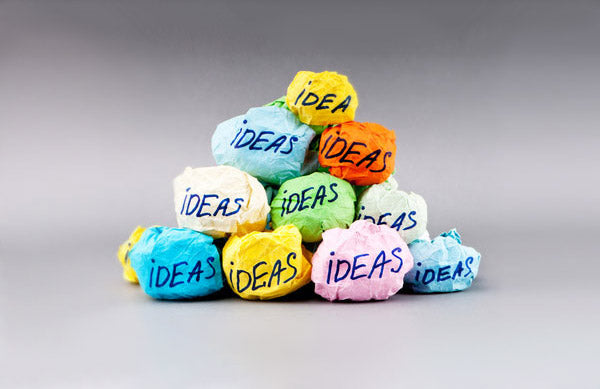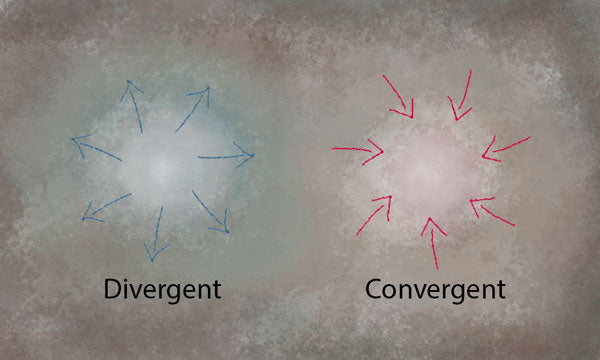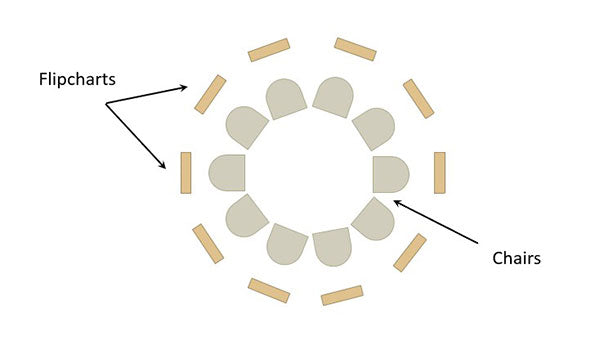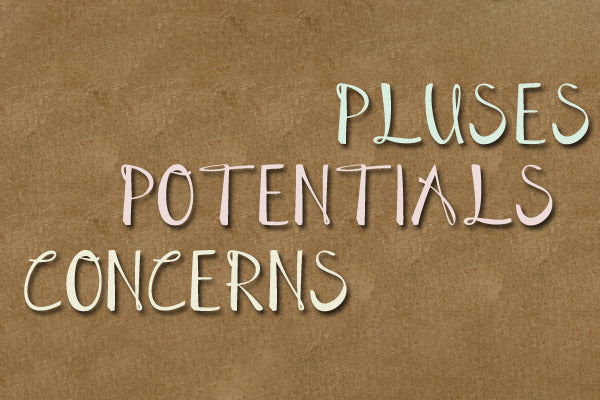Purpose
You can extend classical brainstorming and double brainstorming with the following techniques to get more results:
- Reverse brainstorming. With this technique participants are encouraged to look at the problem from an opposite angle. This is particularly useful in situations where it is difficult to identify solutions to a problem in a direct way.
- Negative brainstorming. With this technique participants look at how things go wrong and identify problems to solutions.
To carry out these two types of brainstorming sessions, use the following exercise.
Objective
Use reverse and negative brainstorming to find more solutions to problems and evaluate them.
What You Need
- Participants must have carried out a brainstorming session on a given problem first. This will prepare the scene for brainstorming other areas as explained below.
- Flipcharts or whiteboard.
Setup
Assuming groups of 4 to 8 have already gone through a brainstorming session on a particular problem, ask them to go through the following.
Reverse Brainstorming
- The facilitator should state the problem as if it is opposite of their main goal. Examples are:
- “How should we not solve the problem?”
- “How can we make our team less efficient?”
- “How can our organisation go out of business?
- “How can we achieve the opposite effect?”
- The facilitator should encourage idea generation as in classical brainstorming. No idea should be judged or eliminated at this stage.
- The facilitator can now collate all ideas and remove duplicates or merge those that are similar to end up with a collection of ideas.
- Participants reverse these ideas into solutions.
- Participants use evaluation methods to rank these ideas so they can select the best option available. This can be used in conjunction with the original brainstorming as reverse brainstorming simply helps to generate more novel or unusual ideas. The ideas can be compared collectively together along with those considered in the classical brainstorming session.
Negative Brainstorming
- This is similar to classical brainstorming expect that the problem is stated negatively, hunting for weaknesses.
- The facilitator shows a final list of ideas that so far have lasted through various evaluations in previous brainstorming sessions, including double brainstorming or reverse brainstorming.
- Each idea is considered one at a time. In each case the facilitator asks the participants to criticise the idea and come up with the following:
- Shortcomings
- Weaknesses
- Contradictions
- Deficiencies
- Resource limitations
- Existing obstacles
- Known related issues
- All weaknesses are then considered for all ideas and the participants evaluate the final list to come up with an ideal option.
Timing
Explaining the Exercise: 5 minutes
Activity: 60 minutes
Group Feedback: 0 minutes
Discussion
N/A
Soft Skills Training Materials
Get downloadable training materials
Online Train the Trainer Course:
Core Skills
Learn How to Become the Best Trainer in Your Field
All Tags
Training Resources for You

Course Design Strategy
Available as paperback and ebook

Free Training Resources
Download a free comprehensive training package including training guidelines, soft skills training activities, assessment forms and useful training resources that you can use to enhance your courses.

Our Comprehensive Guide to Body Language

Train the Trainer Resources
Get Insights - Read Guides and Books - Attend Courses
Training Materials
Get downloadable training materials on: Management Training, Personal Development, Interpersonal Development, Human Resources, and Sales & Marketing














Leave a comment
All comments are moderated before being published.
This site is protected by hCaptcha and the hCaptcha Privacy Policy and Terms of Service apply.